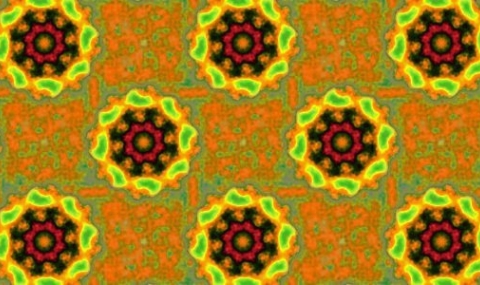The lab is actively developing novel 3D modalities for ultrastructural imaging in cells. These include serial surface imaging by FIB-SEM and its correlation with light microscopy, soft X-ray cryo-tomography (SXT), and cryo-scanning transmission electron tomography (CSTET).
FIB-SEM
A very direct approach to 3D reconstruction is to progressively cut away or polish a block while imaging the freshly exposed surfaces. This can be done with a microtome mounted inside the scanning electron microscope (SEM), or with a dual instrument encompassing both focused ion beam milling and SEM.
We have used the FIB-SEM to follow dynamics of nuclear pore and chromatin distributions in Plasmodium. In collaboration with the lab of Jost Enninga at the Pasteur Institute, we took a correlative fluorescence-EM approach to follow host cell invasion by Shigella. With the lab of Thierry Rose at Pasteur we look at microtubule assemblies in activated T-cells.
Linked references:
- Weiner A†, Dahan-Pasternak N†, Shimoni E, Shinder V, von Huth P, Elbaum M, Dzikowski R (2011) 3D nuclear architecture reveals coupled cell cycle dynamics of chromatin and nuclear pores in the malaria parasite Plasmodium falciparum. Cell Microbiol. 13:967-77.
- Mellouk N, Aulner N, Weiner A, Schmitt C, Elbaum M, Shorte S, Danckaert A, Enninga J. (2014) Shigella subverts the host recycling compartment to rupture its vacuole. Cell Host Microbe 16:517–530.


SXT
Of all available techniques, soft X-ray tomography in the “water window” provides the most direct detection of carbon density, the core of organic materials. Image contrast originates from the greater absorption by carbon than by oxygen, when the illuminating X-ray energy lies between the K shell edges of the two elements at 280 and 530 eV respectively. Fresnel zone plates are used as objectives to produce a transmission image. The characteristic absorption length for water is about 10 microns, rendering the technique suitable for intact cells in many cases. Resolution is intermediate between traditional light and electron microscopy, about 30-50 nm depending on the zone plate design.
One of the important challenges is to vitrify such thick specimens. For that purpose we developed a protocol for high pressure freezing of SXT specimens.
SXT was the ideal approach to study hemozoin crystal growth in Plasmodium: a), fully hydrated cells can be observed intact, without extraction, embedding, or sectioning, and b) the question of a lipid sphere surrounding the crystals could be answered definitively because the carbon cannot be hidden.
We continue using SXT in collaboration with Natalie Elia of Ben Gurion University to study the cytoplasmic mid-bodies that form at very late stages of cell division.
Linked references:
- Kapishnikov S, Weiner A, Shimoni E, Guttmann P, Schneider G, Dahan-Pasternak N, Dzikowski R, Leiserowitz L, Elbaum M. (2012) Oriented nucleation of hemozoin at the digestive vacuole membrane in Plasmodium falciparum. Proc Natl Acad Sci USA 109:11188-93.
- Weiner A, Kapishnikov S, Shimoni E, Cordes S, Guttmann P, Schneider G, Elbaum M. (2013) Vitrification of thick samples for soft X-ray cryo-tomography by high pressure freezing. J Struct Biol. 181:77-81.

CSTET
Biological electron microscopy traditionally produces images by means of heavy metal staining. The metal atoms scatter electrons that are blocked by an objective aperture, creating a dark spot in the image. In cryo-microscopy there generally is no metal staining. Images are formed by phase contrast instead. A stringent limitation is that phase coherence should be maintained. For example, inelastically scattered electrons must be filtered to keep only “zero loss” signal. When the sample thickness reaches the mean free path for inelastic scattering, about 250 nm for vitreous water, the loss of signal becomes very significant.
An alternative modality is STEM, or scanning transmission EM. In this approach a focused probe spot is scanned across the sample. An image is formed point by point, as in a laser scanning confocal microscope or a scanning EM. The transmitted electrons may pass the specimen unscattered, or else they may be scattered inelastically, or scattered elastically, or both. (Diffraction is generally not relevant for the materials and resolutions relevant to biological specimens.) The scattered electrons are collected on on-axis or annular detectors whose angular acceptance range can be configured. Elastic scattering provides a quantitative measure of specimen density. Inelastic interactions scatter to much lower angles than elastic ones; they do not deflect the electrons and need not be removed for image formation. For tomography of thicker specimens this is an important advantage.
Linked reference
- Wolf SG, Houben L, Elbaum M. (2014) Cryo-scanning transmission electron tomography of vitrified cells. Nat Methods. 11:423-8.





